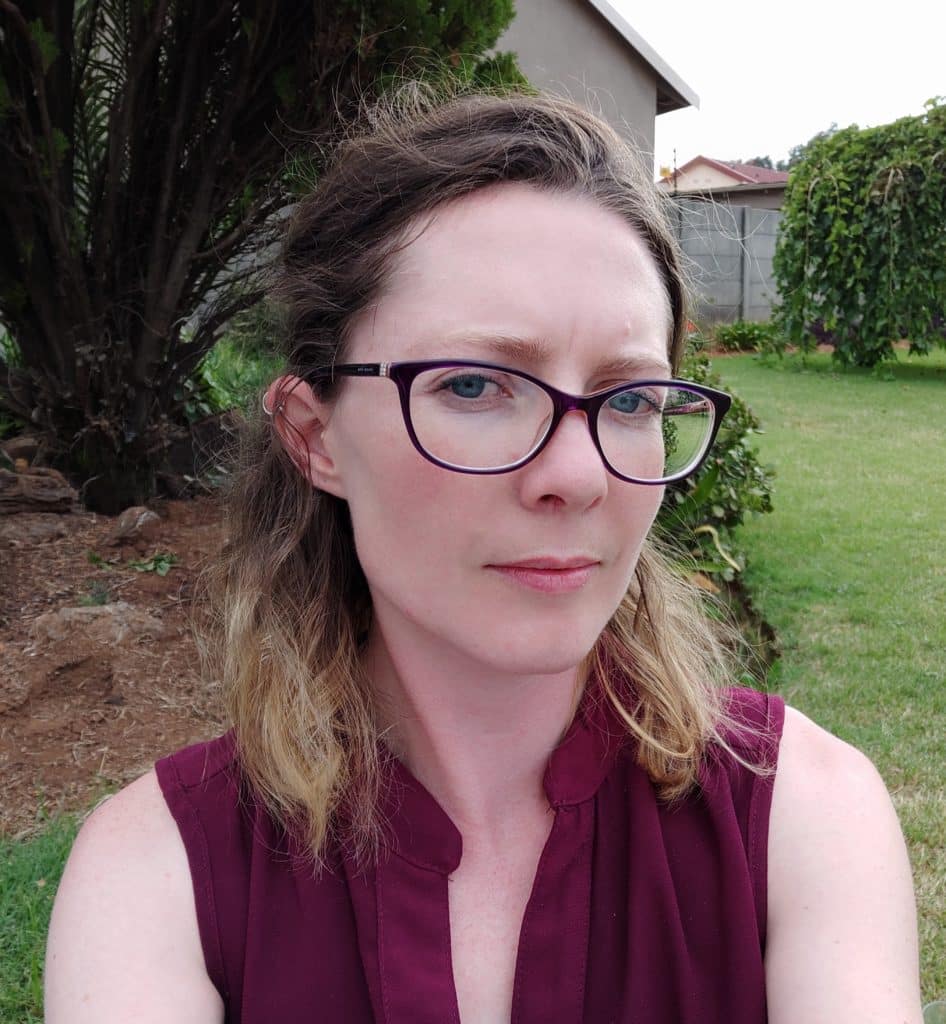Kalycia Urquhart was seven when she was diagnosed with an extra vertebra. It all began when she bent over to pick up her baby brother who had just begun to crawl.
Something in her neck tweaked causing an excruciating amount of pain and she couldn’t move. “I first got put into traction in hospital by a specialist,” she says. “They put weights on a pulley system in an attempt to stretch my neck out. I was in hospital for about two weeks in this contraption and it was the worst possible thing that could have been done as they were putting weights on a bone that was fused to other bones.”
Urquhart was in pain, but the doctors didn’t understand exactly what was going on. It was only after Urquhart’s mother found a neurosurgeon, an expert in spinal osteoporosis anomalies, who x-rayed her at a specific angle and exposed an extra vertebra.
It was an extremely rare condition, she was one in the 600,000 people born with a spinal anomaly and at that point, the only person with her condition in the world.

“It was quite an ordeal. It took us a very long time to get an actual diagnosis because no one could see what was wrong with me or find the issue,” she says. “The neurosurgeon changed my life. He explained that it would be a lifelong issue for me and that there was no potential for surgery. I also have a high chance of paralysis because I am double-jointed.” Urquhart couldn’t play sports. If she got knocked hard enough, she could be paralyzed.
Loading...
“My parents freaked out. Their response was ‘oh my God, bubblewrap her’. It was scary. There was not a lot of information or cases to reference,” she adds. Urquhart found herself in medical journals and her case is still the one referenced today.
After being on chronic, schedule five painkillers for over a decade, Urquhart had semi-kidney and liver failure at 19. Even though she was taking anti-inflammatories, painkillers and probiotics to protect her stomach lining, she developed ulcers. “My kidneys and liver were basically shutting down and my doctor said I have to get of everything, I had to detox.
It was terrifying because I didn’t know how I would cope with the level of pain – just carrying a handbag is hard, carrying a laptop bag is a challenge,” she says.
Before the age of 20, Urquhart had to reassess how she would manage pain and began looking into alternative therapies. Cannabidiol (CBD) oil wasn’t as accessible as it is now, but for Urquhart, it was a life-saver. “And it didn’t have the negative side efects of normal medication, it was a sustainable expense,” she says. “The alternative healing world is very cowboy. There’s no regulation and while you can find people who are incredible healers, some are charlatans who are milking vulnerable people for money. When you’re in a horrible state of pain and you’re trying to find help, you’re willing to pay and do anything to find relief.”
At 25, Urquhart hit a financial blocker – taking out her own medical aid as she was too old to be on the family plan. She often had to fork out cash for therapy as she couldn’t aford weekly (sometimes twice-a-week) treatments. Added to that, she was working at an advertising agency, a high-stress job where taking time of or asking to work from home was seen as a weakness.
“You just want to be normal; you want to be considered competent and capable… it becomes tough to open up and share what you’re struggling with,” she says. In order to manage her pain, she’s had to learn a lot of maintenance techniques. While she can drive an automatic car, for example, the condition of South Africa’s roads afects how she lives her life. Hitting a pothole could not only damage her car, but severely impact her condition: “If we go on holiday and I have to go into a dirt road, I know I am going to feel it for a couple of days. I pack a neck pillow, muscle spasm relaxant, heat pad – and that’s just for leisure!”
“I have a lot of medical expenses around
this as my condition is technically considered a disability,” says Urquhart, who adds that one of her biggest expenses has been physiotherapy, finding someone who can help
manage her pain without hurting her. “Physios will also push you to try other techniques, like needling, and some of it has worked, some really hurt me, and others made no diference at all but it has been a massive expense in
my life – you pay, per hour!” After starting psychotherapy at 26, Urquhart found that dealing with emotional issues impacted how she lived with chronic pain. “Pain takes you to the extreme and your mind is a most powerful tool. Intense pain can be transformative but unfortunately, when you grow up with chronic pain, you don’t always develop the mental tools to deal with it,” she adds.
Living with chronic pain, Urquhart, now 34, works for herself and from home. There’s no tell-tale sign that something is wrong with her or that she has a physical anomaly.
Loading...
